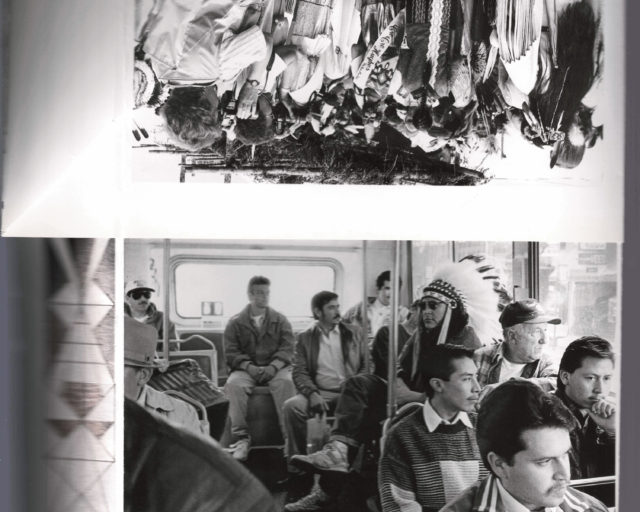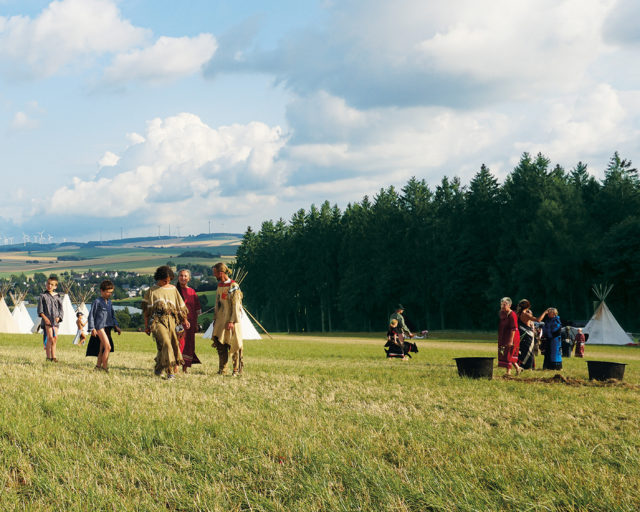Dannielle Bowman Finds History in the Shadows
Winner of the 2020 Aperture Portfolio Prize, the photographer portrays the inner lives of Black Americans.
If ever a sentence begins with the colloquialism “What had happened was . . . ,” know that a rich story is to follow. It’s a clearing-of-the-throat kind of expression that sets up a fantastical plot twist in a gripping narrative, leaving listeners begging for more. If you’re not totally familiar with the phrase, I suppose that’s the point. For Black Americans, it’s a benchmark expression of our parlance, AAVE, or African American Vernacular English, a sociolinguistic continuum that tracks our inhabitance of the United States from slavery to the Great Migration to the post–civil rights era and the present. Black folks of any generation are fluent in its varieties.
When the photographer Dannielle Bowman named her 2020 exhibition, held at Baxter St at the Camera Club of New York, What Had Happened, the gesture was telling: something most certainly did happen, and it was decidedly Black. Adrift in the shadows that only the Los Angeles sun can create, Bowman captures in black-and-white images the African American, middle-class families of her native community—Baldwin Hills, Inglewood, and Crenshaw—by nestling her lens deep within the interior of their homes and inner emotional lives.
Zooming in on the plush, yet worn, carpeted stairs of her aunt and uncle’s Hollywood Hills home, Bowman underscores a signifier of suburban decor, but suggests a childlike wonder through her eye-level perspective. She transports us to a well-appointed living room, where we see two family portraits of young Black men, perched on the mantel of a fireplace. Sons, brothers, or cousins—there is a line of familial resemblance that runs straight through them. Their high-top fades age the photographs—these were not taken recently. She clocks other details, from a woman’s elegant hand fixing the slats of her vertical blinds, to the throwback bump-and-curl coiffure of a mysterious woman in her garden, festooned in a grass sweeping gown, whose back is turned to the camera. She could be anyone’s auntie tending to her plants.

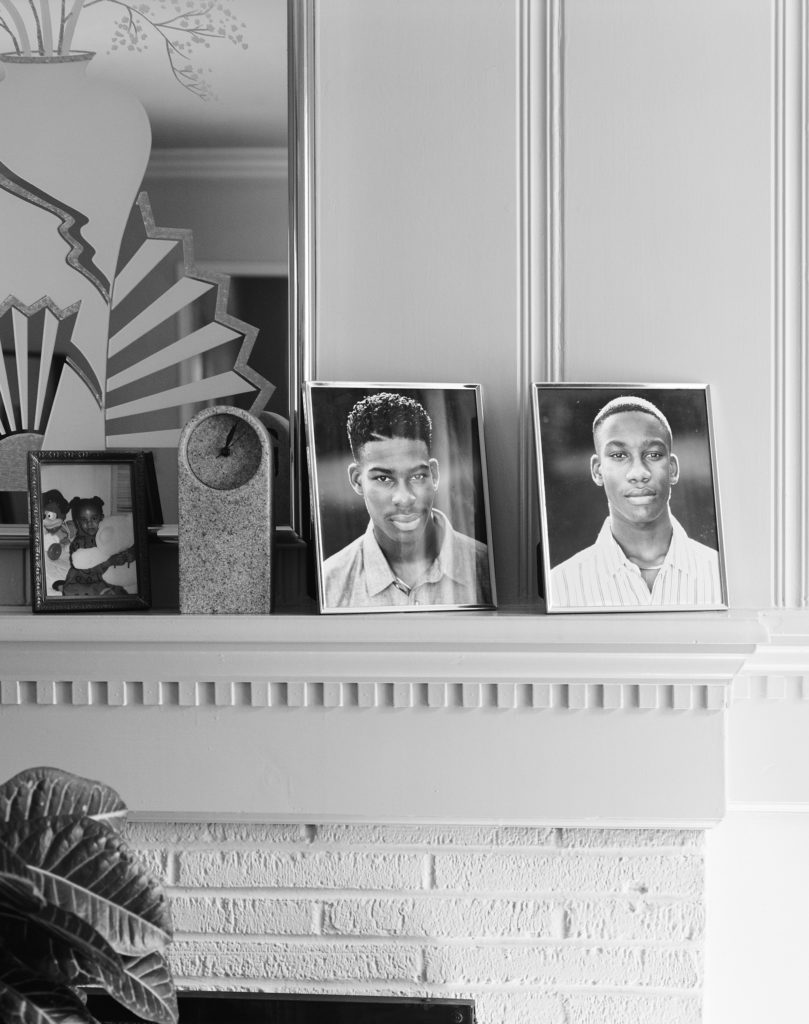
What Had Happened is about the subtext that lies within the objects, events, and locations that make up the worlds of Black folks. It’s like “a Black noir,” Bowman told me earlier this year. “Something did happen, and we have to get to the bottom of it.” That thing being the Great Migration, which Bowman explores throughout her work. Maya Deren’s experimental film Meshes of the Afternoon (1943) was also an influence: Deren’s use of repetition, shadows, and the home as a site of emotional and domestic interiority moved Bowman to infuse images with shadows and mystery.
But Bowman is also digging, unearthing a personal history that she had previously distanced from her work. “I think for years I have resisted any kind of urge to make explicitly Black art,” she explains. Growing up, Bowman had never been situated within predominantly Black environments, having attended a tony all-girls high school in Brentwood, California; the Cooper Union for undergraduate; and later Yale University, where she earned her MFA in photography in 2018. She worked hard to fit in with her mostly white classmates.
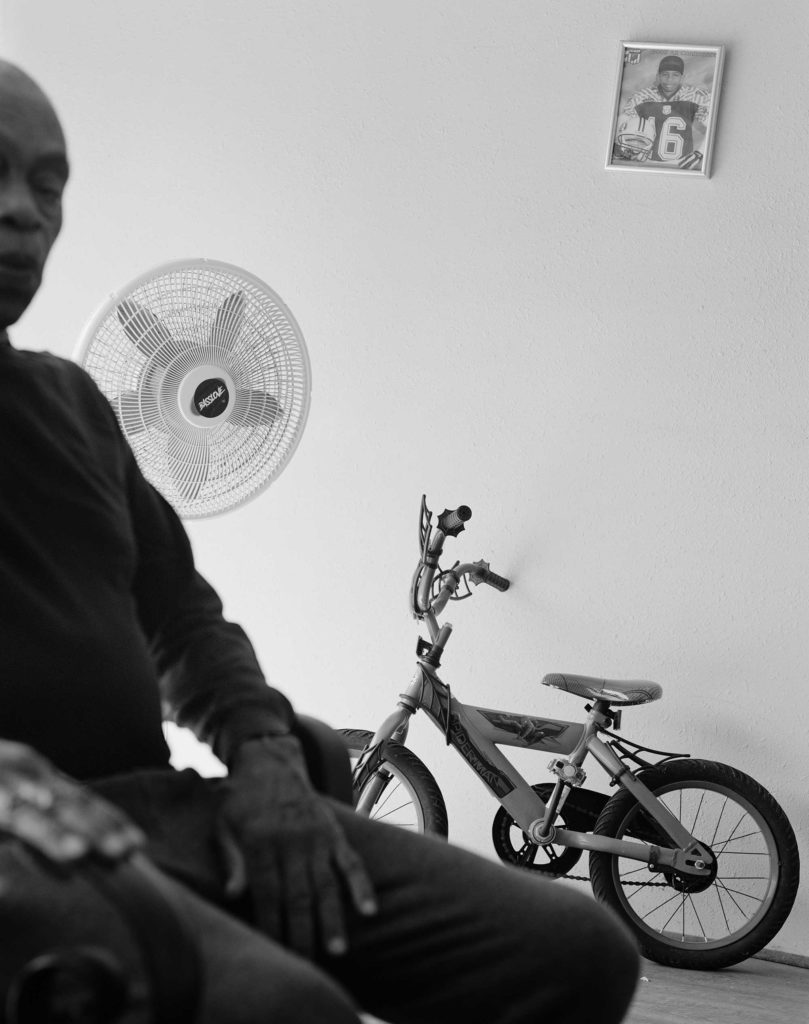

What Had Happened is a corrective, Bowman says, allowing her to embrace her personal narrative publicly for the first time. “It is important that I acknowledge who I am. And it is important that the faces and the hands and hints of people in the images are brown, because that’s the world I’m coming from. I don’t have to try hard to photograph Black homes, because I grew up in them. And I don’t think that I understood the wealth that was right in front of me.” Bowman is not alone in this internal battle—Black artists have long wrestled with the significance of identity politics within their work but overcoming that conflict ultimately proved freeing for the photographer. She landed upon the “pleasure principle,” a guiding force that pushes her work forward.
As Bowman was working on What Had Happened, she was tapped by the journalist Nikole Hannah-Jones and the director of photography for The New York Times Magazine, Kathy Ryan, for the 1619 Project, an ambitious initiative that seeks to survey the legacy of transatlantic slavery. For the assignment, Bowman set off to photograph landmarks of slave auctions across the country. Her haunting and reverential imagery unearths sites of racial violence that were hiding in plain sight, from her iconic cover image of rippling waves near Hampton, Virginia, the first recorded point of entry for ships carrying enslaved Africans to colonial America, to abandoned train tracks outside Savannah, cast in an early morning haze, that were once the site of the United States’ largest slave auction in 1859. It’s a placid scene that belies the atrocities committed there.
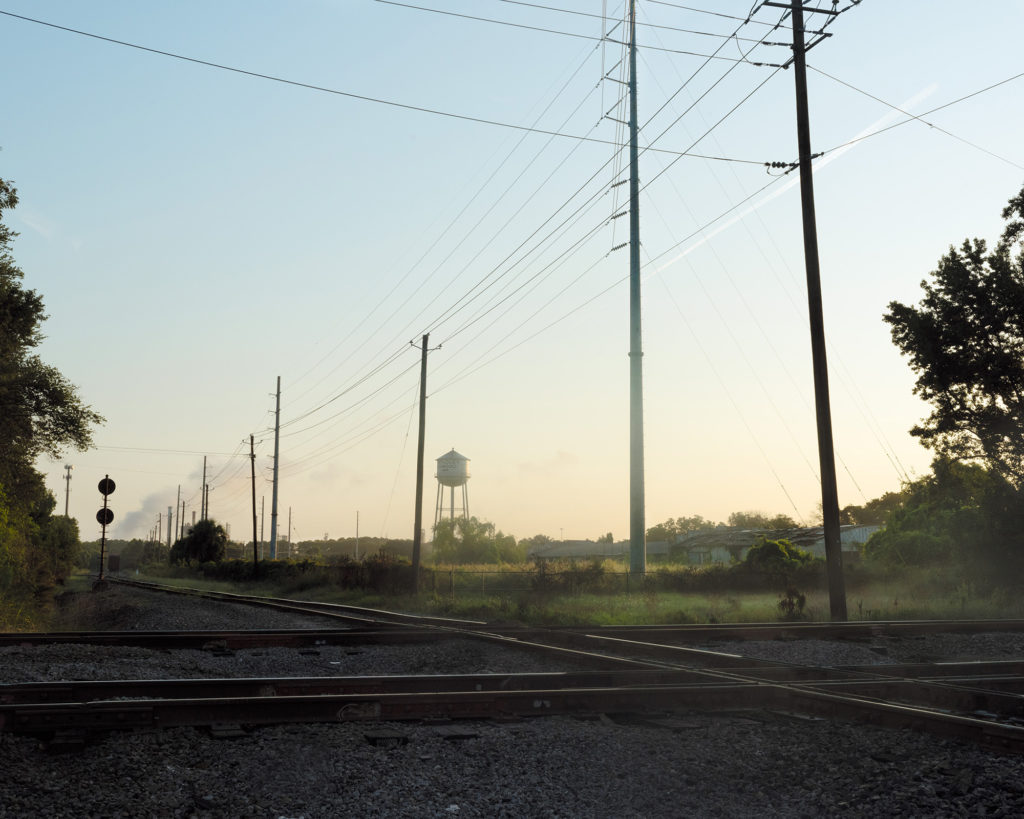
“I was not allowing myself to be overcome with emotion because I really felt like I had a sacred job to do. And all of this history was kind of on my shoulders, Bowman says. “While working, I just had to work.” Bowman was a Black woman traveling in the South, alone. Following brushes with danger, she was left feeling vulnerable and worried for her safety, but also concerned about doing the story justice: the 1619 Project was, for her, an “act of service, a memorial, a sacrifice.” And perhaps that fraught emotional experience can be felt within Bowman’s images. Hannah-Jones earned a Pulitzer Prize for her essay in the 1619 Project issue, and Bowman finished What Had Happened with a newfound selflessness, that “pleasure principle.” “It allowed me to really prioritize my desires.”
Dannielle Bowman is the winner of the 2020 Aperture Portfolio Prize. Her solo exhibition will be copresented by Aperture and Baxter St at the Camera Club of New York from January 6 to February 4, 2021.
This article was originally published in Aperture, issue 240, “Native America,” under the column “Spotlight.”










